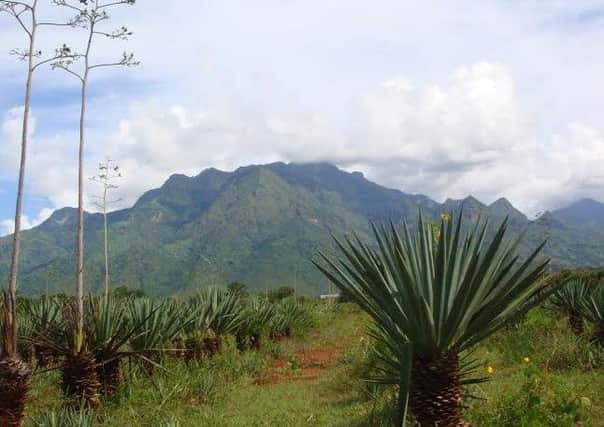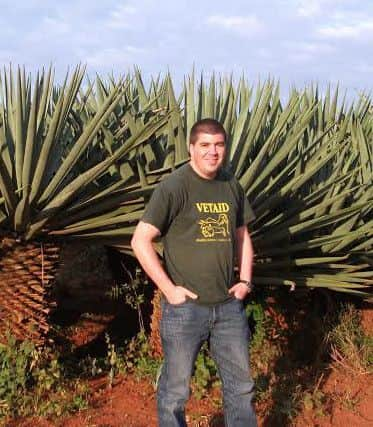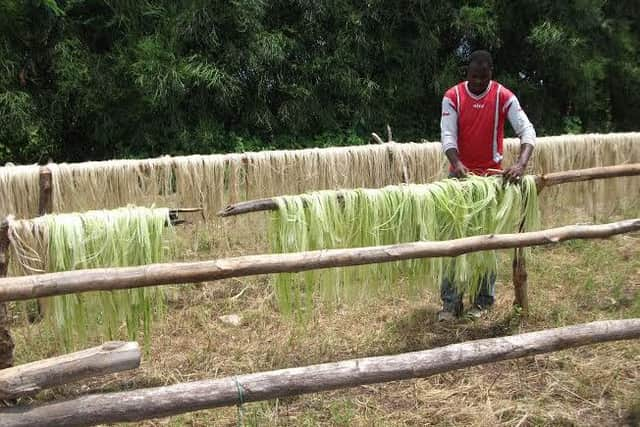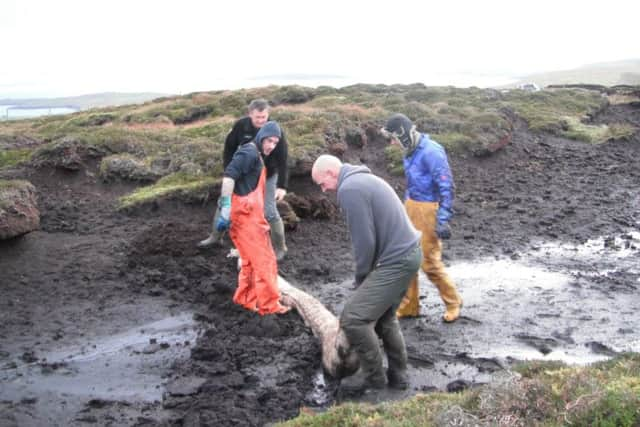Scottish peatbogs to be protected with African grassland


John Ferguson, 34, set up the East Africa Sisal Company to create more jobs and money for small holders in Tanzania by finding innovative new markets for their crops.
Sisal is a coarse, strong fibre normally used for sail ropes, sacks and rugs but many farmers producing the crop have limited opportunities to access sales, Mr Ferguson said.
Advertisement
Hide AdAdvertisement
Hide AdWith a long-held hope to set up a sustainable, ethical firm in Africa, Mr Ferguson set about finding new uses for the grass.


It soon emerged that it could be a effective tool in restoring Scotland’s peatlands, many which are damaged and a threat to the environment given their often rapid emission of carbon dioxide.
By contrast, peatlands work to absorb carbon dioxide in the atmosphere when in good condition.
Restoring peatlands is an important priority in Scotland in terms of tackling climate change, with £15m spent by the government since 2013 to protect the terrains.
Following successful tests, the East Africa Sisal Company, which was developed with the help of Edinburgh Centre for Carbon Innovation, has since landed its first big repeat order with the Shetland Amenity Trust.


Mr Ferguson said: “As we started to look at the markets for geo-textiles, one of the obvious ones in Scotland was peatland restoration.
“Peatlands might seem like very boring muddy places but infact they have a huge role to play in climate change.
“Around 20 per cent of Scotland is peatland and around half of that is considered to be degraded.”
Advertisement
Hide AdAdvertisement
Hide AdSisal tubes are now being used in Shetland to stop water flowing out of peatbogs and the raise the water table as much as possible.


The sisal is used to block ditches and water channels, leading to the peatlands becoming a healthy state of saturation.
While in the past, plastic sheeting was used, the sisal completely biodegrades over time once the natural roots of the peat have strengthened in the ground.
Mr Ferguson, a graduate of Scottish Agricultural College who completed a masters in tropical agricultural development, said: “I am really pleased that we have got to this stage. It has probably taken us longer than we had hoped but it is moving in a very positive direction.
“I am quite passionate about sustainable business and for a long time I wanted to set up a ethical company in Africa.
“The idea is to buy the sisal at a good price and generate income in a developing country.
“To be bringing this product to Scotland to restore peat lands and increase CO2 absorption means that we have achieved positive social and environmental benefits in both developing and developed world.
“The farmers know we are exporting to Scotland and they know we are trying to be a good company.”